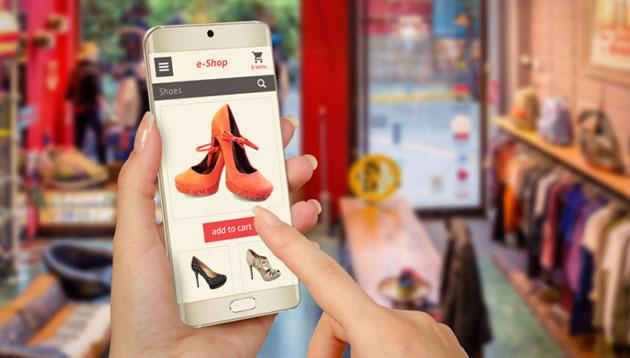
Mobile path to purchase marketing: Moving customers from online to offline
share on
This post is sponsored by InMobi.
Why have legacy brands been hesitant to invest in any advertising and marketing on mobile devices? Largely, it was because they didn?t have a way to really measure and quantify the impact of mobile on the path to purchase. How could they be sure that someone who walked into a physical store was in fact influenced by seeing an ad on their mobile?
However, as mobile device penetration rises to new heights in markets throughout Southeast Asia, brands can?t afford to have these hang-ups anymore. The mobile consumer is simply too big to ignore.
Luckily, mobile marketing attribution has caught up. But what does it take to run mobile marketing campaigns that can drive footfall and in-store purchases in a verifiable manner?
Mapping all points on the path to purchase
The first step for brands hoping to move in this direction is to gain a deep understanding of what the path to purchase looks like for their consumers today. This involves understanding what happens from beginning to end, finding out where consumers deal with roadblocks, and determining the role that mobile is already playing (and can be playing in the future).
According to a KPMG study, there are four key steps in the modern path to purchase:
- Awareness
- Consideration
- Conversion
- Evaluation

First you learn about the product. Then you figure out if it?s right for you. Then you get it, and finally you use it and potentially provide feedback.
Ultimately, it is evident that mobile is central to all four steps in the cycle. Over half of consumers now say they first find out about new products online, and around 55% explore products on mobile during the consideration phase. And, at the end of the path to purchase, consumers today utilise a plethora of options to leave reviews on-the-go.
So, what does this mean for marketers? Even if the final purchase happens in a store, mobile is central to both leading someone to make that decision, and to how they tell others about their purchase.
Using mobile to drive in-store transactions
So, how specifically can mobile be deployed to get someone to visit a store and spend money? In the first step in the process, mobile marketing can be a highly effective way to generate initial brand awareness. Advertising campaigns aimed at scale and reach can be a cost-effective way for brands to get the word out about their products or services, all using the device that most of us look at more than any other.
Mobile can also be effective at getting someone to visit a physical location. Geotargeting can help to ensure that the only people who see a particular mobile ad are those that are actually close enough to come into the store; it doesn?t make sense to run an ad to someone if your nearest brick-and-mortar location is hundreds of kilometres away.
Timing can be critical as well, as marketers can run ads to targeted individuals right before they are likely to make an in-store purchase. For instance, a furniture company may want to run ads on Thursdays and Fridays, in anticipation of someone actually visiting a store location on the weekend.
But how can brands be sure that mobile ads are actually driving visits? One option is to offer a specific voucher or coupon code through the ad; that way, the store locations can see who is actually redeeming the mobile-specific code within a specific time frame. In addition, there are now options available in the market designed specifically to measure footfall on behalf of a brand and its advertising partners.
Seeing the mobile path to purchase in action
To see how this can work in the real world, consider our recent campaign with McDonald?s in Saudi Arabia to help promote new breakfast food items. Engaging interstitial ads ran in popular apps used by Millennials in and near Jeddah, including social, gaming and entertainment properties. The ads appeared only during times when someone was likely to want breakfast: 6am to 11am during weekdays and 6am to 11pm on weekends.
To link online advertising activity to offline, in-store sales, the campaign?s creative units also featured a map that showed users where the nearest McDonald?s restaurant was located and how to get there.
To ensure geotargeting happened effectively, the campaign leveraged location polygons over traditional circular mapping technology to prevent spillover and ensure fine-tuned accuracy in location targeting. In order to effectively connect its mobile in-app advertising efforts with in-store visits and sales, footfall attribution technology was used.

Overall, the campaign was hugely successful. It yielded a 23% increase in store visits and a 4% boost in overall sales.
Embracing the mobile path to purchase
With almost 1.5 billion smartphones across the Asia Pacific region, it is critical for marketers to tap into the mobile nature of these users to drive in-store sales. Just relying on legacy marketing methods doesn?t cut it in today?s connected landscape.
The writer is Vasuta Agarwal, VP and managing director, Asia Pacific, InMobi.
share on
Free newsletter
Get the daily lowdown on Asia's top marketing stories.
We break down the big and messy topics of the day so you're updated on the most important developments in Asia's marketing development – for free.
subscribe now open in new window
